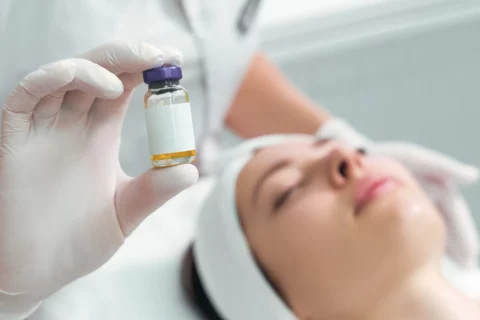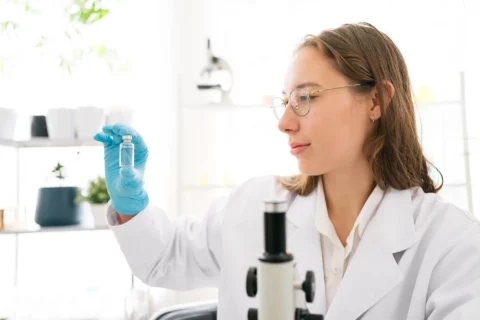Discover the cutting-edge techniques that hold the key to harnessing exosomes’ immense therapeutic potential
Exosomes? They’re game-changers, especially when we talk about the future of regenerative medicine.
With further exploration into their therapeutic capabilities, your healthcare establishment could gain significantly by leveraging the might of these micro cellular entities.
So, what’s the real deal with these exosomes and how do we get the best results when separating them out?
Our expert team at FACE Med Store has crafted a detailed guide to help you fully grasp exosome isolation and its potential benefits for your patients.
What are Exosomes?
Exosomes are small extracellular vesicles, typically 30-150 nm in diameter, that are naturally released by cells throughout the body. They act as intercellular messengers, transmitting proteins, lipids, RNA, and other molecular cargo between cells. This facilitates important biological communication and regulates many physiological processes.
In recent years, scientists have tapped into the natural bioactive properties of exosomes for intriguing therapeutic applications. Exosomes derived from stem cells, for example, may mimic the regenerative benefits of stem cell therapy. This has spurred intense research into optimized exosome isolation techniques.
How Does Exosome Isolation Work?
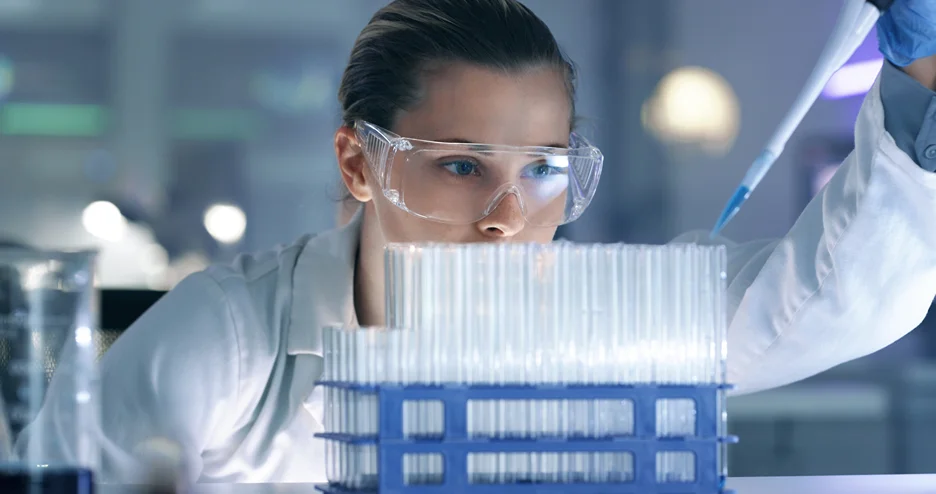
To study and use exosomes, first you need to isolate them, which is tricky because they’re so tiny.
Yet, due to their microscopic size and unique bio-features, getting a hold of exosomes can be a real brain-teaser.
The good news is that exosome isolation protocols have improved greatly in recent years. There are now multiple techniques available. The right approach depends on your downstream goals.
The most common exosome isolation methods include:
- Ultracentrifugation
- Size exclusion chromatography
- Immunoaffinity capture
- Ultrafiltration
- Precipitation techniques using exosome precipitation kits
Each approach has its own advantages and limitations regarding purity, yield, scalability, and ease of use. We’ll explore these techniques in greater detail shortly.
What Are The Benefits Of Exosome Isolation?
Isolating exosomes offers many exciting benefits for regenerative medicine and scientific research, including:
- Therapeutic applications – Exosomes derived from stem cells and other sources have shown promise for repairing damaged tissue, modulating immunity, and benefiting various conditions. Isolation allows you to extract and concentrate exosomes for therapeutic use.
- Drug delivery – Exosomes are natural carriers that can transport drugs or other agents efficiently throughout the body due to their stability and low immunogenicity. Isolated exosomes could serve as engineered drug delivery vehicles.
- Biomarker detection – Analyzing the molecular cargo inside exosomes (proteins, lipids, nucleic acids) provides insight into the physiological status of the cells that released them. This allows exosome analysis to serve as a diagnostic tool for detecting biomarkers.
- Basic research – Studying isolated exosomes advances our understanding of intercellular communication networks and biological processes that utilize exosomes. This includes embryonic development, immune function, cancer progression, and more.
Clearly, optimized exosome isolation enables breakthroughs in both science and medicine. Now let’s examine specific techniques for isolating these precious extracellular vesicles.
What Are The Different Techniques For Exosome Isolation?
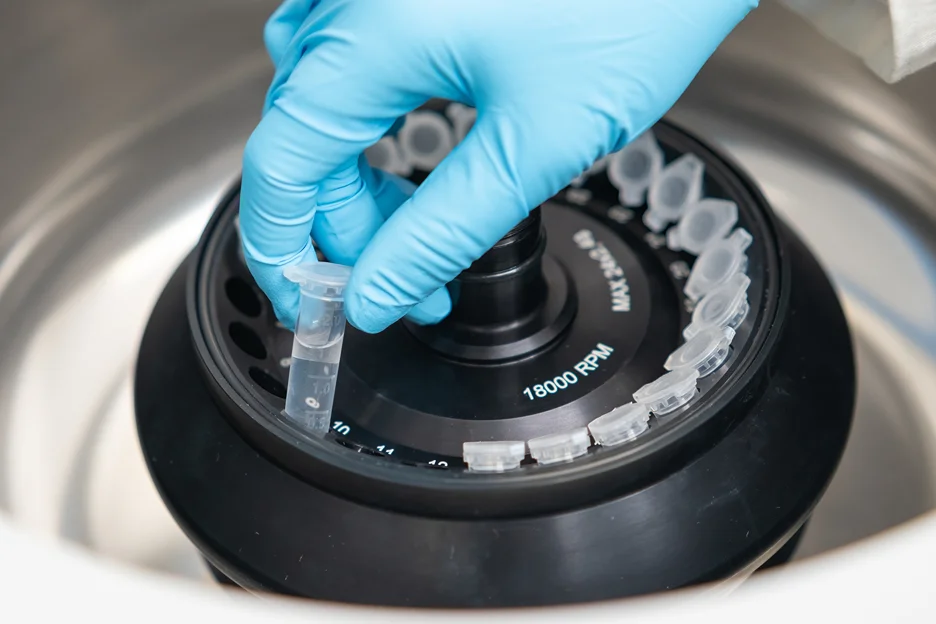
There are several core methods for obtaining concentrated exosome preparations:
Ultracentrifugation
This technique uses high centrifugal forces to pellet exosomes out of biological fluids or cell culture media. It is considered the gold standard isolation method due to its ability to recover exosomes with high purity.
However, specialized equipment is required. The process is also tedious and unsuitable for large sample volumes.
Size Exclusion Chromatography (SEC)
SEC fractionates samples by molecule/particle size as they pass through a porous resin. Larger molecules elute faster than smaller ones. This allows separation of exosomes from other components.
SEC avoids high g-forces, preserving exosome integrity. But sample volumes must be small.
Immunoaffinity Capture
This uses antibodies that target common exosome surface proteins like CD9, CD63 or CD81.
The antibodies attach to magnetic beads, allowing exosome isolation via magnets. It avoids high g-forces but may co-isolate non-exosome contaminants displaying target antigens.
Ultrafiltration
Membrane filters with specific pore sizes can concentrate exosomes and remove smaller contaminants when samples pass through via centrifugation or pressure. Clogging and filter sticking may occur. Exosome yield tends to be low compared to other methods.
Precipitation
Exosome precipitation involves adding polymers like polyethylene glycol to destabilize exosomes, causing precipitation which can be collected by low-speed centrifugation. It offers simplicity but purity is lower than other techniques.
As you can see, there is no single perfect method. The best approach depends on your specific needs and resources. Often a combination of techniques is utilized. For example, using precipitation or ultrafiltration as an initial enrichment step, followed by ultracentrifugation or SEC for further purification.
What Is The Ultracentrifugation Protocol For Exosome Isolation?
Since ultracentrifugation remains the most widely used approach, let’s look at a typical workflow:
- Collect biofluid (e.g. cell culture medium, blood plasma, urine) and pre-clear it via low-speed centrifugation to remove dead cells and debris.
- Transfer supernatant to ultracentrifuge tubes and centrifuge at 100,000-200,000 x g for at least 60-120 minutes. These pellets exosomes.
- Carefully pipette off the supernatant and resuspend the exosome pellet in PBS or other suitable buffer.
- Centrifuge again at 100,000 x g for 60-90 minutes. This further concentrates exosomes and eliminates contaminating proteins.
- Resuspend the purified exosome pellet in a small volume for downstream use.
Variations exist, like adding a density gradient medium during the second ultracentrifugation cycle to better resolve exosomes from contaminants. But this basic two-step pelleting protocol captures the essence of exosome isolation by ultracentrifugation.
Ready To Learn More About Exosome Isolation?
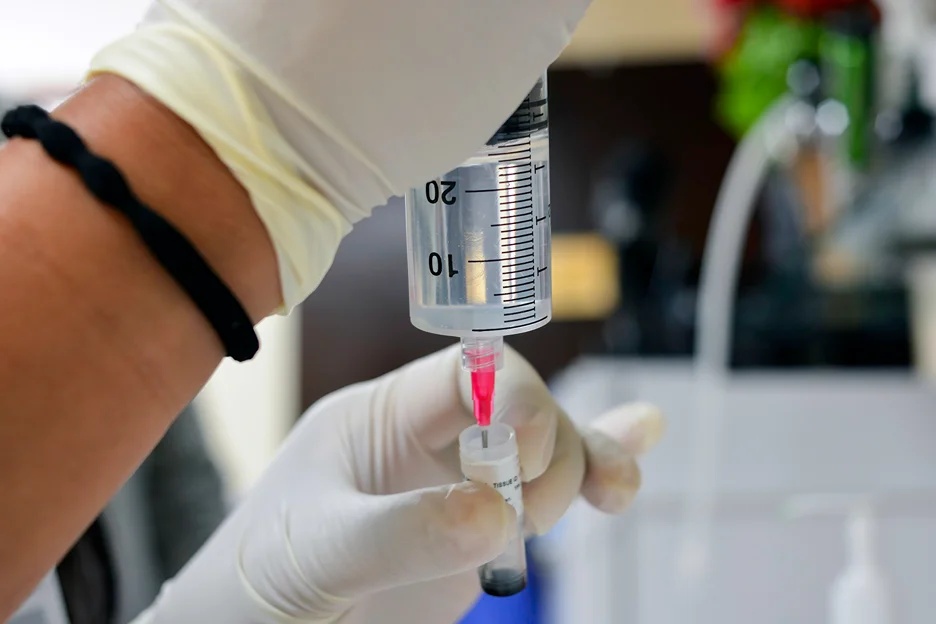
If you’re interested to learn more, FACE Med Store offers online education courses that delve deeper into exosome biology, isolation approaches, and practical applications in regenerative medicine. By diving deeper into this blossoming area of study, you’re arming yourself with the insights needed to judge if treatments rooted in exosome science fit your professional practice.
Exosomes, in the realm of precision medicine, hold a promising future. Stay in the game; grab every opportunity to soak up knowledge on the latest developments. If you ever need a hand in your academic adventure, don’t think twice about getting in touch; we’re here to give you all the help necessary.


